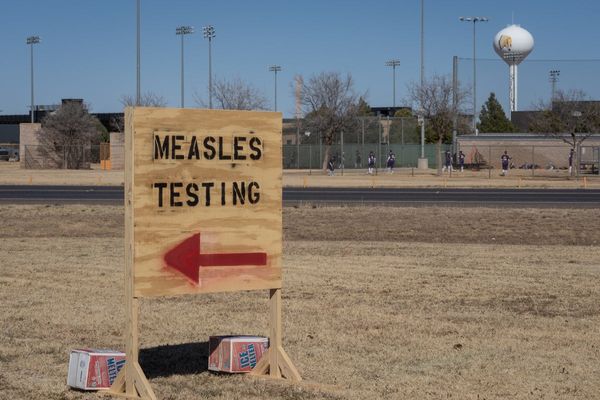
As I walked along the coastal path at low tide, I noticed a flock of a dozen or so carrion crows strung out in a line along the foreshore, their glossy black bodies rising and falling like puppets on strings.
Edging closer, I could see that the crows had cockles grasped in their bills. Flying to a height of about five metres, they were dropping the shellfish on to the rocky beach below. As the cockles tumbled to the ground, the birds swiftly followed, descending vertically, with wings outstretched and legs dangling. Each bird kept its eyes firmly fixed on its prize, ready to locate it among the flint pebbles and bladderwrack before another member of the flock, or one of the loitering gulls, had the opportunity to steal it.
I focused my binoculars on the closest crow. It inspected the fallen cockleshell for damage, deftly flipping it over, then snatched it up and soared back into the sky. The process was repeated twice more. By the third attempt, the shell had cracked enough to expose the vulnerable, soft-bodied prey within. Downing the meaty, protein-packed morsel in one gulp, the bird flew out to the mudflats to forage for another mollusc.

At least 23 other species of bird have been observed displaying food-dropping behaviour, including rooks, jackdaws, ravens, golden eagles, ospreys, skuas, herring gulls, great black-backed gulls and Mediterranean gulls, with a wide range of edibles being dropped, from live mammals and shellfish to bones, eggs and nuts.
In the case of carrion crows, it is a behaviour most often witnessed in winter and early spring, when other components of their diet such as insects, eggs, seeds and fruit are less abundant. Cockle-dropping allows these clever corvids to exploit a niche usually dominated by specialist feeders such as oystercatchers, which smash or pry the bivalves open with their blade-like bill tips, then cut the muscle that holds the two sides of the shell together.
Later, when the crows had dispersed, piles of ribbed shell fragments littered the beach, evidence that the intertidal cockle beds had provided them with rich pickings.
• Country Diary is on Twitter at @gdncountrydiary







